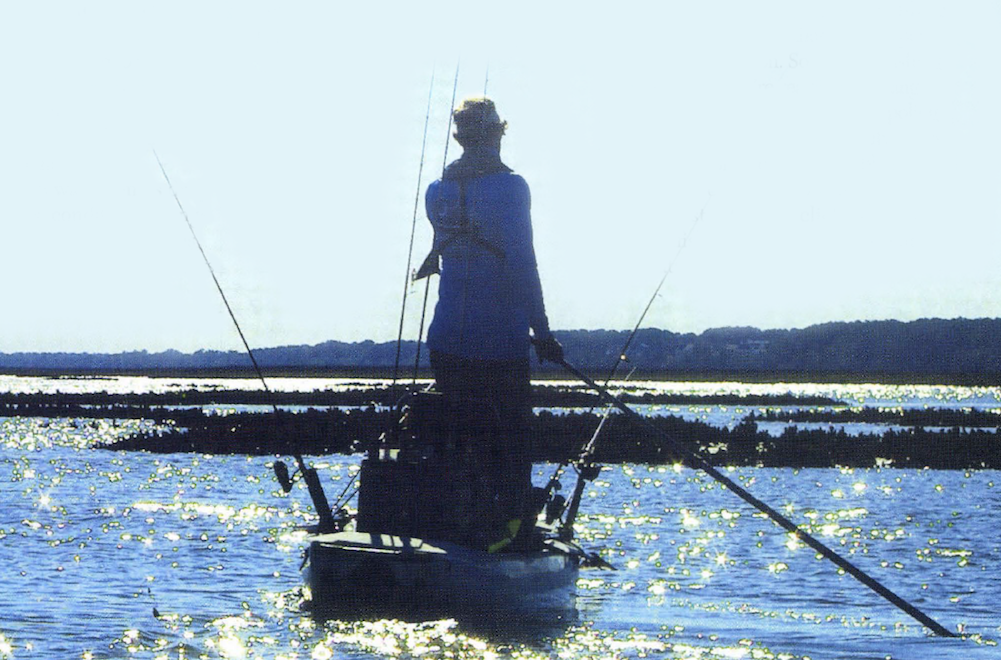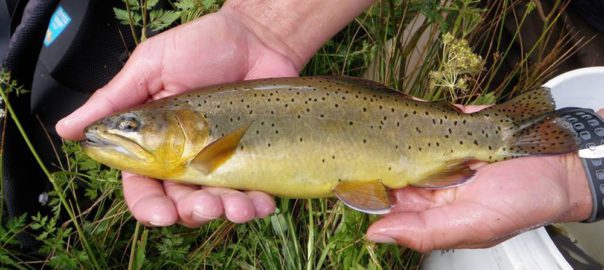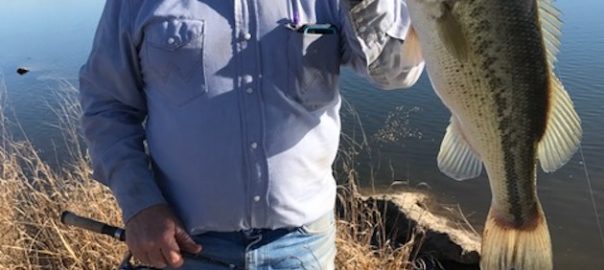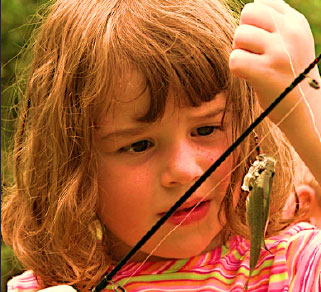Fishing from one of Hobie’s kayaks can be a fun and effective way to locate and stalk tailing reds, even in the shallowest waters.
Being a South Carolina native, I’ve never resided far from saltwater. That’s provided beaucoup opportunities to fish for my favorite sea dweller, the red drum. I’ve also been able to try a number of angling methods for spottails – plunking mullet out at the Charleston jetties, slinging flies, grubs and topwater plugs from small flats boats in the tidal creeks or simply standing on the beach with cut shrimp and a surf rod.
But I’d never fished for channel bass, or anything else for that matter, from a kayak. So when I had the chance to join guide Justin Carter for an afternoon of cruising around the oyster beds off Awendaw just north of Charleston, I jumped on it like a big red on a fiddler crab.
My host was a local guide who is one-hundred-percent kayak. No gas engines for this guy. Not even a little electric motor. But these kayaks aren’t just the traditional garden-variety paddling kind. Carter’s Hobie Pro Anglers are ideal for poling, and they have a pedal system that frees up your hands for casting while your legs do the heavy lifting.
Carter and I spent a comfortably chilly afternoon coursing creeks and mud flats in search of tailing fish and nervous water. As the tide slipped out and then back in, we covered water of varying depths from a few feet to a few inches, using all three means of propulsion. A couple of flats boats sat a quarter mile out from the oyster beds where we were cruising, unable to get back to the grass where the reds fed and hid from ravenous dolphins.
While the fishing was a bit slow, and we spent a few minutes stuck in the muck at dead low tide, the kayak experience was an enjoyable one. To slip along so quietly, leaving little more than a riffle for a wake, is akin to still-hunting for deer with a bow. You become a natural part of the scene and not so much an intruder.
For Justin, the fact that he’s in Charleston allows him to take his kayaks out year-round. Whether he’s after reds, trout, flounder or bonnet-head sharks, something’s always biting in the inshore waters close by.
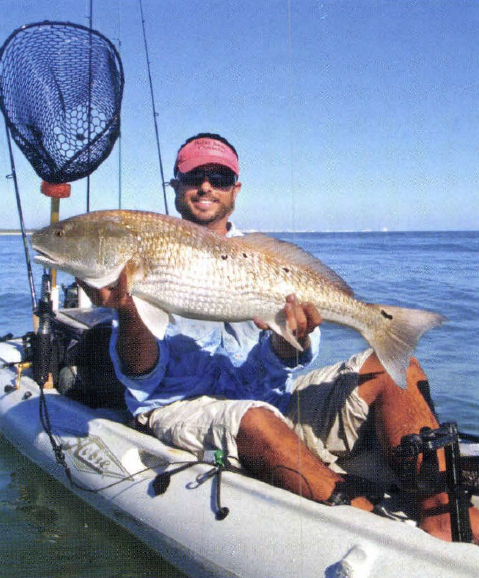
Fishing from a kayak enables you to reach shallow, tucked-away
backwaters where the big reds are feeding.
“The reds and speckled trout are pretty aggressive in the spring,” Carter says. “They haven’t had a lot to eat for a couple of months. Plus, you have flounder and sheepshead moving back into the creeks.”
Spring can also be a great time to cast flies or artificials at tailing redfish. And as the water warms, topwater plugs are effective mornings and evenings for both trout and reds.
“During the summer we use mainly live bait,” Carter notes, “especially fiddler crabs. It’s a unique experience when the reds are moving along sucking fiddlers out of the holes–to have fish that large feeding in such shallow water.”
Come fall, a mixed bag of species remains in the creeks until temperatures drop and the flounder and sheepshead move back to the offshore wrecks and reefs.
“The remaining fish go into a state of almost hyper-activity in the fall,” says Carter. “The baitfish and shrimp are heading out to sea and the fish know that winter’s coming. The redfish and trout are trying to fatten up for the cold weather and the leaner times ahead. That’s probably the best time of the year to throw artificials and put a large number of fish in the boat.”
In winter, when water temps drop below 55 degrees, conditions change drastically. Microorganisms such as plankton, which cloud inshore water most of the year, are killed off, so the water becomes crystal clear down to eight feet or more.
“During the winter months the reds school up, mainly for protection from the dolphins, which no longer have the baitfish to feed on,” Carter says. “The reds and trout become their target to supplement their diet.
“With huge schools of reds in the clear shallows, there are some great sight-casting opportunities. And that’s when the kayaks really come in handy.”
I spoke with Morgan Promnitz at Hobie. Kayak fishing is really growing, he says, and the company continues to add new models to its line, including the new Mirage Tandem Island and Mirage Adventure Island. These 16- and 18-foot kayaks are rigged with a mast and sail. Cool!
“This series of kayaks adds another power source,” says Promnitz. “We’ve seen guys taking them out in Hawaii and catching blue marlin, yellowfin tuna and dorado with these. And the amount of storage space is pretty much tripled in the Mirage kayaks, so you can bring plenty of tackle.”
Promnitz says that The Hobie Islands can really scoot with a good breeze. “If there’s some wind, you can put out the sail and get going at a pretty good trolling speed,” he says. “They can even move fast enough to troll feathers and marlin lures. It’s hard to get that kind of speed otherwise.
“When you add the sail, it’s not really kayak fishing. It’s not really boat fishing. That’s why we call it a new way to fish.”
If you’re not in the mood for cleaning fish, Promnitz says the Mirage sail kayaks are great for just cruising. And don’t worry about capsizing from a strong wind in the billows. Two retracting stabilizers, or amas, will keep you happy-side-up.
These outriggers also allow multiple rods to be placed away from the kayak for trolling. Should you hook up, simply retract the ama and haul tonight’s mahi-mahi teriyaki into the trampoline. The flexible mat attaches to the boat and is ideal for holding fish or tackle.
One of the great things about fishing with Justin Carter is that it all happens around Charleston. So after the fishing is done and you’re ready for a change from all the peddling, paddling, poling and pulling in fish, the Holy City offers a most hospitable and enjoyable respite.
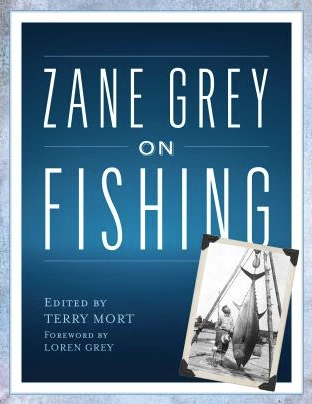 This book is a selection of some of Grey’s best work, and the stories and excerpts reveal a man who understood that angling is more than an activity–it is a way of seeing, a way of being more fully a part of the natural world. No writer exceeds Zane Grey’s ability to integrate the fishing experience with a world he saw so vividly.
This book is a selection of some of Grey’s best work, and the stories and excerpts reveal a man who understood that angling is more than an activity–it is a way of seeing, a way of being more fully a part of the natural world. No writer exceeds Zane Grey’s ability to integrate the fishing experience with a world he saw so vividly.
Though he made his name and his fortune as an author of Western novels, Zane Grey’s best writing has to do with fishing. There he was free from the conventions of the Western genre and the expectations of the market, and he was able to blend his talent for narrative with his keen eye for detail and humor, much of it self-deprecating, into books and articles that are both informative and exciting.

